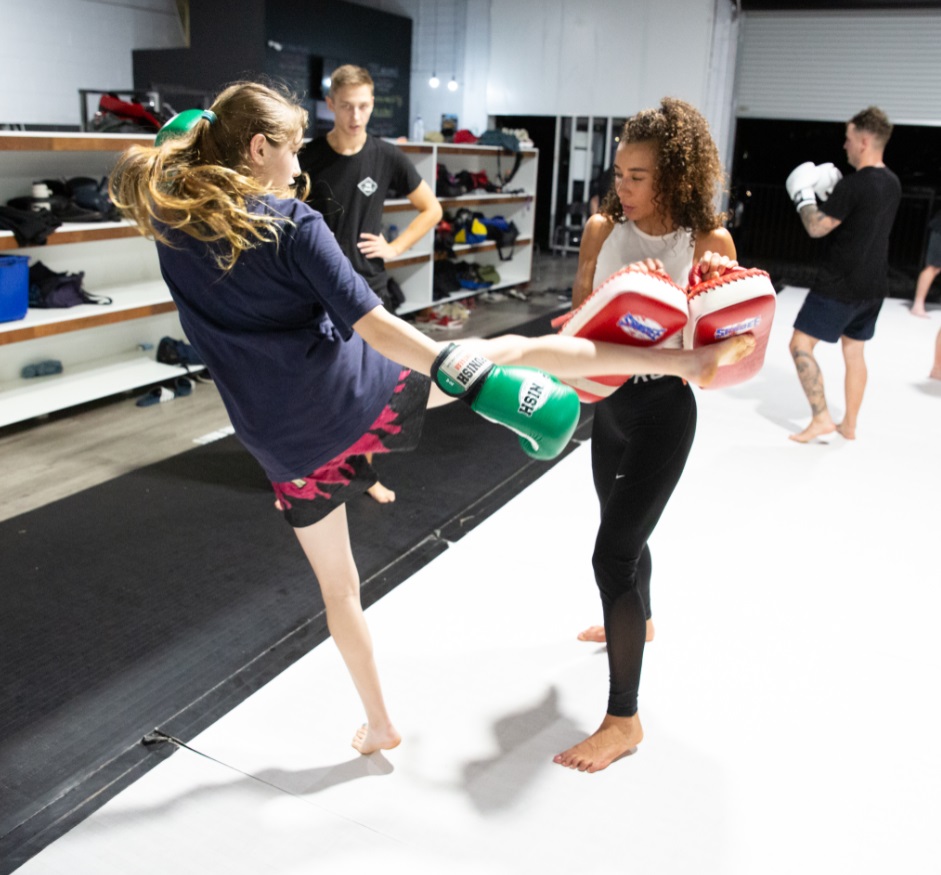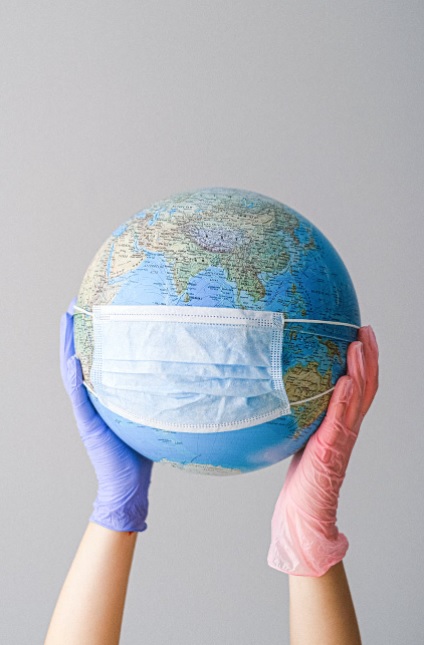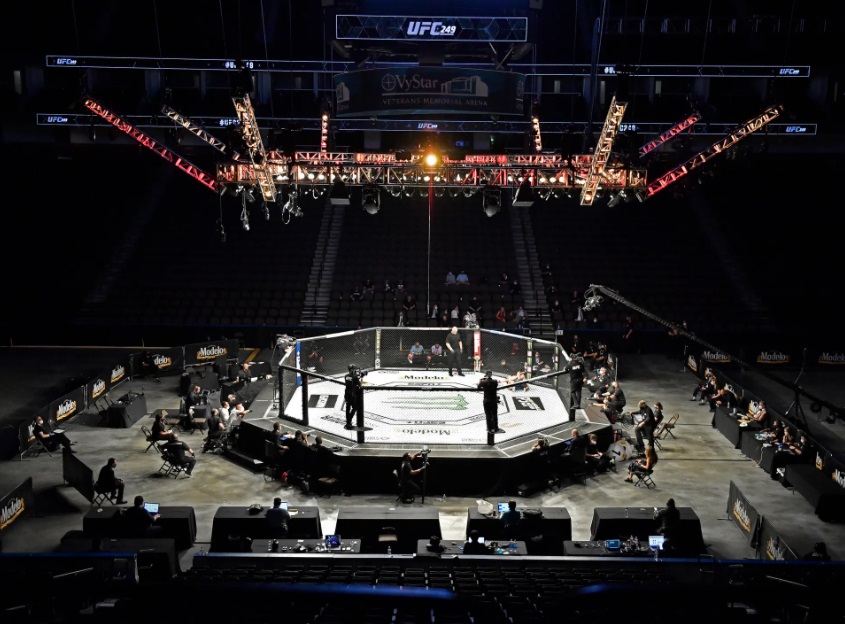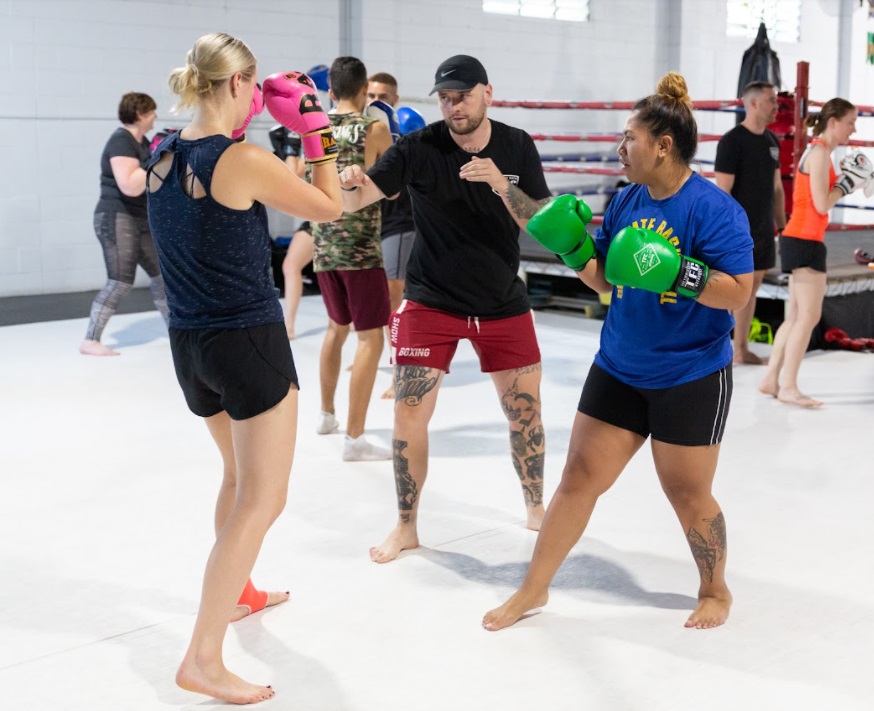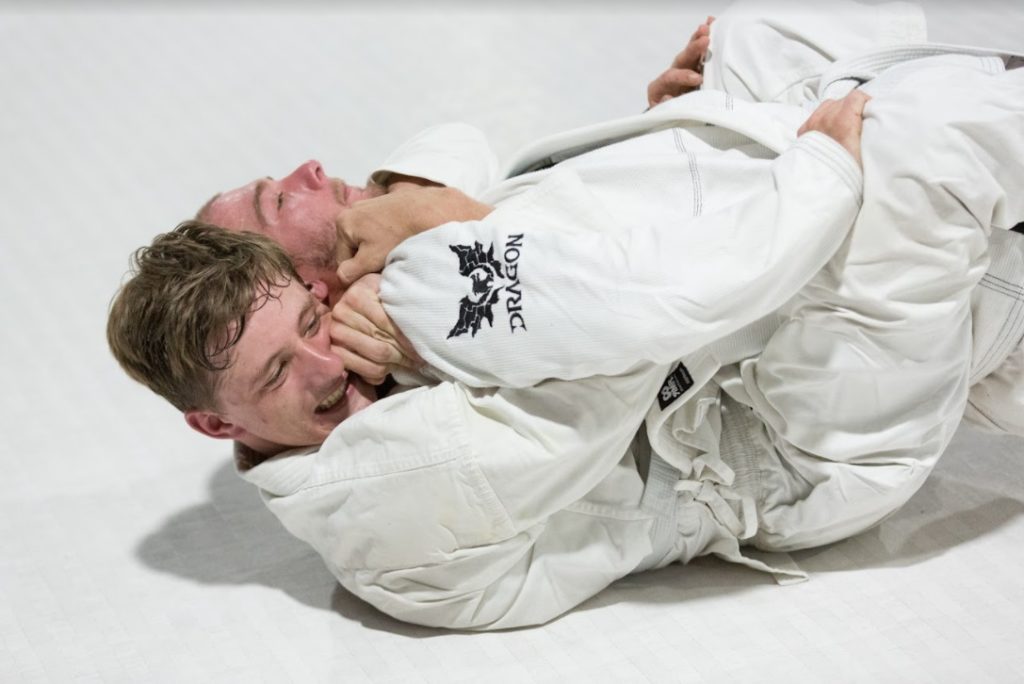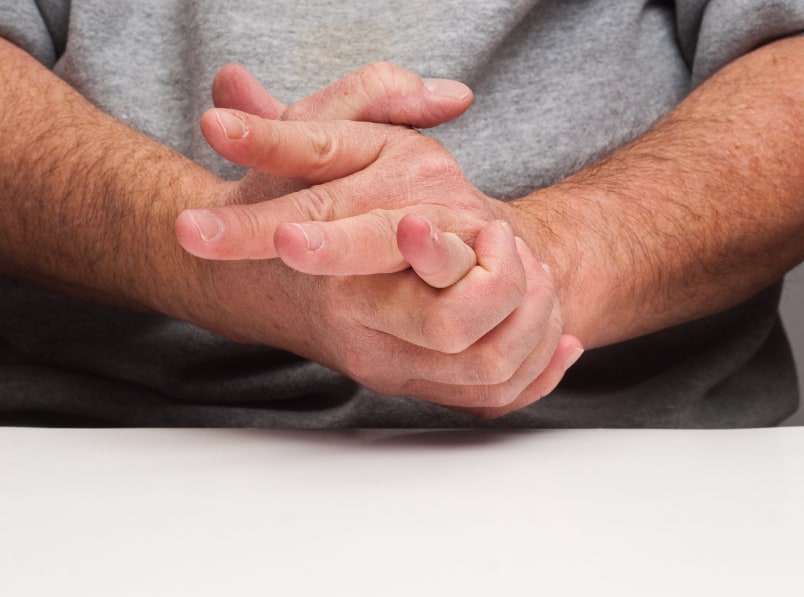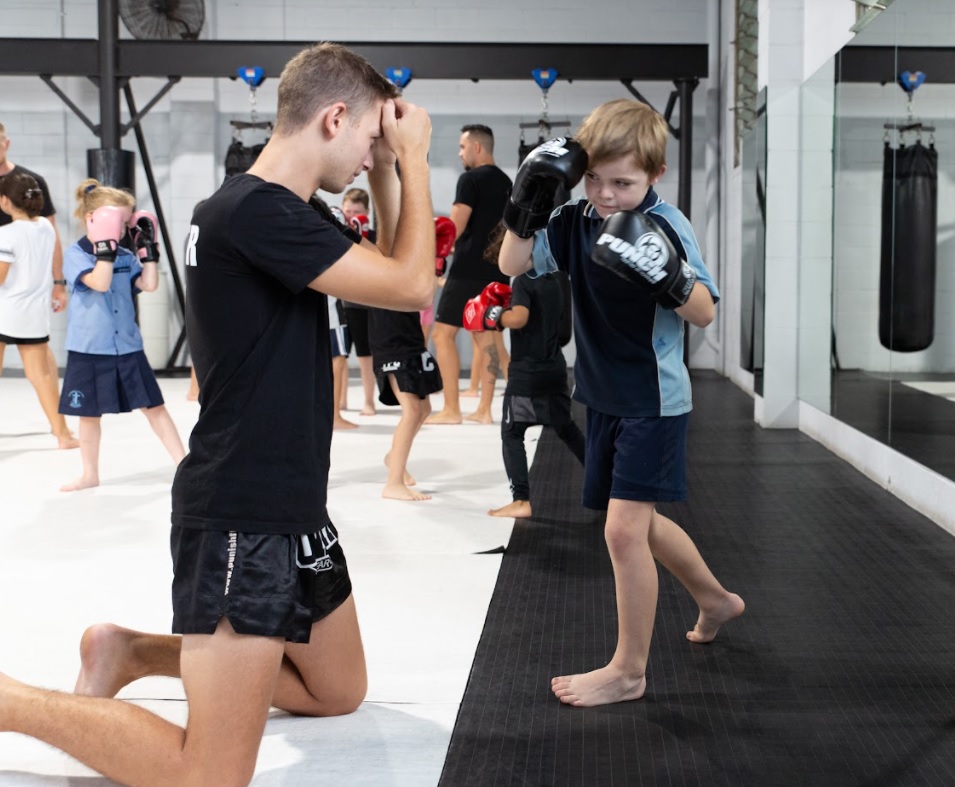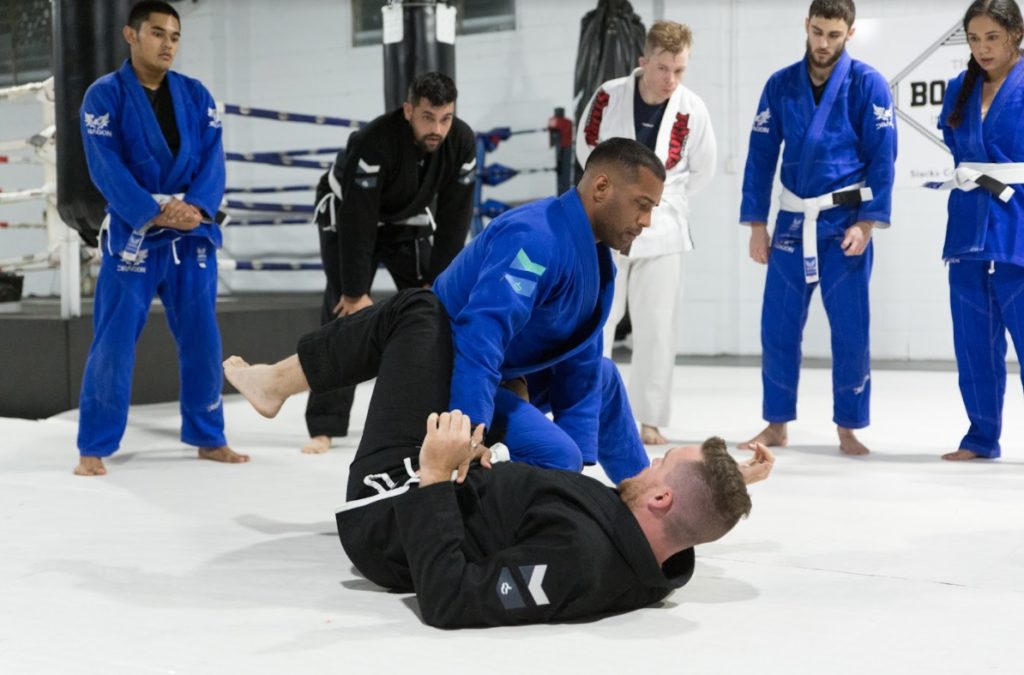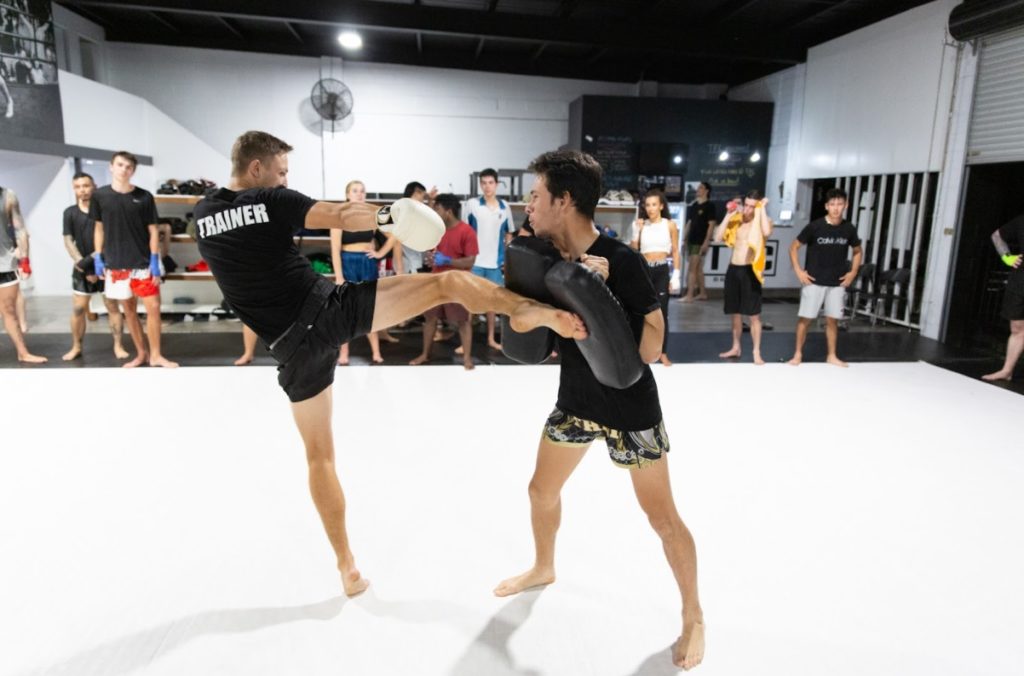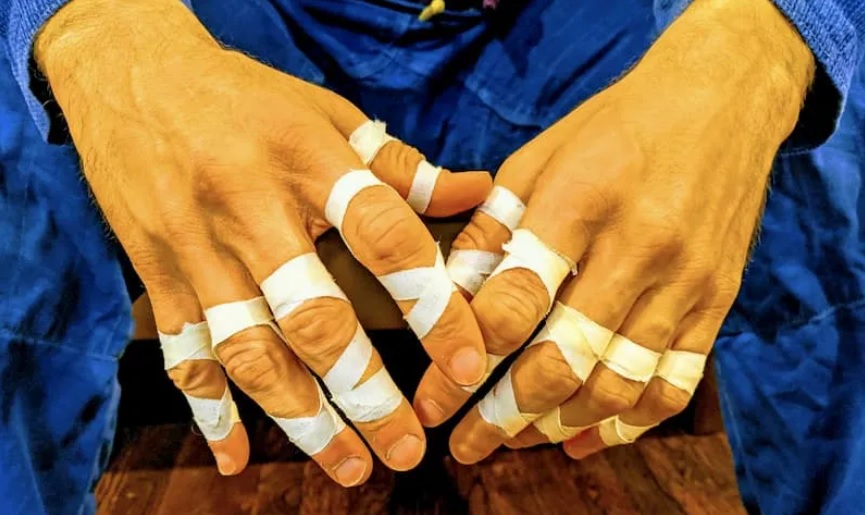Upcoming Events
No event available, please check back again, thank you.
Latest Articles
What You Need to Know Before Starting Your MMA Training
9 March 2022
Since the UFC debuted in 1993, MMA has taken over mainstream media. Gyms offering MMA training flourished, catering to aspiring fighters and casual fans alike.
Unfortunately, the pandemic put a screeching halt on many businesses. The minimum health standards were quite strict. Given the nature of MMA, observing these health standards while training had been a challenge.
The conditions played against MMA as a whole. Despite so, UFC President Dana White forged ahead with UFC’s events. Perhaps the critics were right, and it was foolhardiness on his part. But perhaps it’s a testament to the resilience of anyone in MMA.
Whichever it is, things notably turned out great for the UFC. Its social media platforms grew remarkably. Thanks to this, public interest in MMA didn’t experience a lull as others did.
Things are looking good now, but we can’t deny that for a while back then, the future of MMA looked bleak. In this article, we briefly look back at MMA during the pandemic and list down things to know before you begin your MMA journey.
-
MMA training in the COVID-19 pandemic
The global popularity of MMA gave rise to numerous MMA promotions. It has grown beyond professional practice to casual recreation. Quite unsurprising, to be honest, since MMA does have a myriad of physical and mental upsides.
Sadly, things didn’t go as great for smaller MMA businesses. Smaller businesses have taken the brunt of the economic impact of the pandemic. The fitness industry has had it remarkably worse since it isn’t an essential service.
Policy changes, face masks, operation and capacity limits, social distancing. Of course, all are necessary precautions against the virus, but they haven’t made things easy for gyms.
Queensland gyms, for example, had to open for up to one person per two square meters. And even then, people could only practice non-contact sports and outdoor activities.
Home-based workouts and remote coaching have become more widespread. We’re sure you can imagine how terrible MMA training is when you’re alone. You don’t get as many opportunities to refine your techniques through application.
It’s not as bad for strikers since they had more tools and methods to train while following protocol. We’re not saying they had it easy, but grapplers, in comparison, had little to practice outside of drills.
Professional MMA training in the pandemic
All that said, how did professional MMA fighters prepare for the UFC? It would have been disastrous for them if they had to train alone. Thankfully, there had been some flexibility, and bubble training became an option.
Bubble training allowed them to practice contact sports as usual. The condition, of course, is that they had little to no interaction outside of training. They may interact with their partners and coaches, but that’s it.
And so, the UFC proceeded with no decline in fight quality.
Now that the world has adapted to the virus, gyms are getting back to the swing of things. Vaccines have rolled out, and the rules are growing laxer. Gyms are resuming their normal operations. And the best thing is that MMA is becoming a popular fitness option once again.
If you’re looking to get started with MMA, here are some things you should expect in your journey:
-
Your coach will scale your training according to your capabilities
MMA has become a recreational sport as much as it is a competitive sport. That is, to say, MMA coaches don’t expect you to be athletic the first time you step into the gym.
We always say that people of all ages and fitness levels can practice MMA, and that’s no lie. That’s because the coach scales the intensity of MMA training according to what you can do. They may modify some exercises to make them more doable for you.
We’re not saying they won’t push you to do your best. What we’re saying is that they’ll make sure you get stronger at a safe, steady pace. After all, pushing you too hard can get you injured, and nobody wants that.
But you have to keep in mind that your coach isn’t all-knowing. You have to communicate when you can’t do certain exercises, or it hurts somewhere when you do them. Otherwise, they’ll probably think that everything’s going fine on your end.
This is especially true if you belong in a class. After all, your coach can only have so many pairs of eyes to observe everyone so closely. You’ll make things so much easier for yourself and your coach if you communicate.
-
Prepare to get REALLY close
MMA is not just all manners of hitting a target. It involves grappling–a LOT of grappling–from standing to kneeling and rolling all over the mats. Expect to get really close with your training partner.
Getting close to your partner will let you hit them with the shots you throw. More importantly, the closer you get, the more you’ll be able to control their movements. The more contact you’re making, the easier it gets to throw them around or roll with them. In fact, many techniques need you to stick as close as you can.
There can be separate classes for men and women, depending on the gym. If you join a mixed class, though, you might find yourself partnering up with the opposite sex.
You don’t have to worry, though, since coaches will pair you according to skill and body type. If you’re not comfortable pairing up with the opposite sex, best give your coach a heads up before class.
-
People WILL care about your hygiene and grooming
Does this really come as a surprise? You wouldn’t want to get up close and personal with someone stinking the place up. You don’t have to do anything fancy. Just make sure you’re well-groomed as a courtesy to your partner.
Take a shower, put on some deodorant, and swish some mouthwash around. Don’t put cologne on. Nobody likes breathing in fragrances when they’re trying to get oxygen.
Trim your nails and tie up your hair. You don’t want to scratch people while rolling, and nobody particularly likes having hair in their mouth.
If you’re attending multiple sessions, change your clothes after you soak them up with sweat. Most importantly, skip the gym if you’re feeling sick. Regardless of whether it’s COVID-19 or not, it’s never nice to be passing around whatever bug you have.
-
You have to choose between striking or grappling first
Most gyms have striking classes, grappling classes, and a class covering both. We don’t recommend going into MMA training right off the bat, though. Instead, you’ll be better off starting with separate striking and grappling classes. Train until you have a good understanding of both, then join MMA classes to integrate them.
You may learn grappling or striking first, depending on the gym, its coaches, and you—particularly your preferences and your physical abilities. It’s best if you pick one class and focus on it until you get the basics down pat. After all, the bulk of learning comes in the first few weeks.
In martial arts, quality is so much more important than quantity. A perfectly-executed technique is so much more valuable than many poorly-executed ones.
Classes begin with warm-up exercises, which may include
- General cardio (e.g. jumping jacks, high-knees)
- Compound exercises (e.g. burpees), and
- Active stretching
These exercises prepare you for the more demanding parts of the session. At the same time, it helps your coach gauge your fitness level.
Cooldown exercises are at the end of the class, which may include low-intensity movements and static stretching. Many neglects their cooldowns, and the net effect is tighter muscles affecting mobility.
-
You have to ask if you want to become a fighter
Outside of general classes, your gym may also offer a fighter’s class. Coaches are always on the lookout for talent, and they may recruit people to the fighters’ class.
Rather than wait to be noticed by your coach, though, best to make your intentions clear. If you want to polish your skills at a competitive level, let your coach know. Unless they have any indication to believe otherwise, they’ll assume you’re doing MMA training for fitness or fun.
Joining the fighters’ class doesn’t automatically mean you actually have to compete. (Though, to be honest, your coaches will probably encourage you anyway. Why waste talent?) But the fighters’ class aims to create competitive fighters, so you can expect it to be more demanding.
Depending on how far you are from the competition season, these classes may last up to a few hours.
-
Classes will have lots and lots of drills
The core and bulk of MMA training are learning and polishing techniques. The basics will always be more or less on the itinerary, likely in place of the warm-up exercises. Your coach will introduce at least one advanced technique per session. But depending on the progression, there may be more.
The demonstration of techniques may or may not include an assistant (a.k.a. a dummy). Your coach will break down the mechanisms and applications. After that, the students get to practise. The coach observes and corrects mistakes where they should.
You will spend a large majority of your time doing endless amounts of solo and partner drills. That’s normal, whether you’re a beginner or an advanced practitioner. At times, you may get bored, and your mind may drift as you drill. That’s okay, too, as long as you continue doing your drills anyway.
The proper application of a technique depends on the familiarity of its user. Drills will bring you closer to the point where the movement becomes second nature. The split-second pause before your next move may decide the outcome of a match. Do not underestimate the power of muscle memory and reflexive movements.
-
Your body will change more than you expect it to
Of course, the usual changes happen when you start working out. You build muscle, you lose fat, et cetera, et cetera. In this section, though, we’ll talk about the physical changes specific to MMA training.
Hardened shins
The repetitive kicking against pads and heavy bags will condition your shins. Kicking may hurt at first, but your shins get used to the impact as you train. Before long, you’ll find yourself kicking bags and pads with full effort without pain.
Callouses and darker knuckles
Callouses are thickened patches of skin that form due to pressure or friction. Gripping in grappling will definitely cause callouses on the palms and fingertips. It may also happen on the knuckles due to constant punching. It’s hard to avoid them, but there are ways. Grapplers use finger tapes, while strikers can avoid this with proper hand wrapping techniques.
Cauliflower ear
The most significant change you want to watch out for is the cauliflower ear. It’s a condition common in grapplers, and people have mixed opinions about it. Some find it unpleasant and try to find ways to avoid or treat it. Others are indifferent. And then there are also those who wear it like a badge of honour.
Trauma to the ears that happen in grappling causes a build-up of fluid. Left undrained, this build-up blocks blood flow and damages tissue. Eventually, it hardens and deforms the ear. Repetitive incidences of these result in the ear taking on a cauliflower shape.
External ear injury is not something you can avoid in MMA training. However, early treatment will prevent the deformity from becoming permanent.
